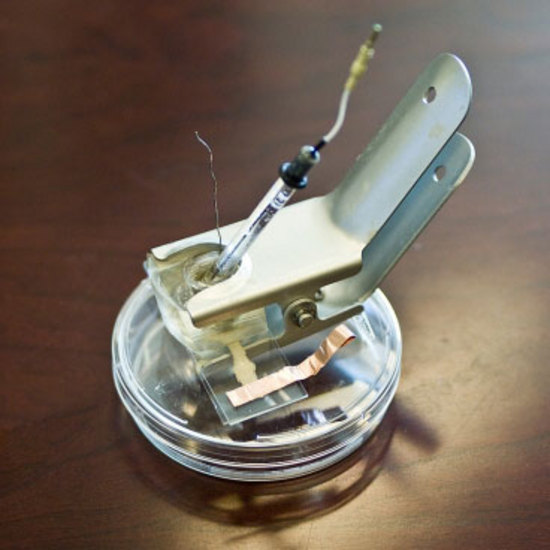|
High Efficiency, Self-replicating Solar Cells that Mimic Chloroplasts
A research team at Massachusetts Institute of Technology (MIT) just developed a potentially revolutionary solar technology: solar cells that regenerate to limit sun damage. They got the idea from chloroplasts, the cells present in plant tissue where photosynthesis takes place. Photosynthesis is the process by which plants convert the sun’s energy into sugars, a form of energy they can use. This process takes place in special cells within plants’ leaves called chloroplasts! Since chloroplasts are the only living cells capable of performing the same function as solar panels, this MIT team thought they were worth studying. One unique feature they found was their ability to recycle important proteins, which kept the cells from wearing out. To mimic the ability to self-replicate, they developed molecules that can self-assemble and also interact with photons of sunlight to release electrons and create electricity.
The system Strano’s team produced is made up of seven different compounds, including the carbon nanotubes, the phospholipids, and the proteins that make up the reaction centers, which under the right conditions spontaneously assemble themselves into a light-harvesting structure that produces an electric current. Strano says he believes this sets a record for the complexity of a self-assembling system. 
The disks, carrying the reaction centers, are in a solution where they attach themselves spontaneously to carbon nanotubes — wire-like hollow tubes of carbon atoms that are a few billionths of a meter thick yet stronger than steel and capable of conducting electricity a thousand times better than copper. The nanotubes hold the phospholipid disks in a uniform alignment so that the reaction centers can all be exposed to sunlight at once, and they also act as wires to collect and channel the flow of electrons knocked loose by the reactive molecules.
These molecules organize themselves into formations creating functional solar cells, and their regenerative capabilities allow them to work at 40 percent efficiency. This already high efficiency level may actually increase as research progresses. “Biomimicry” and creative research may have just brought us a truly game-changing solar technology.
|


